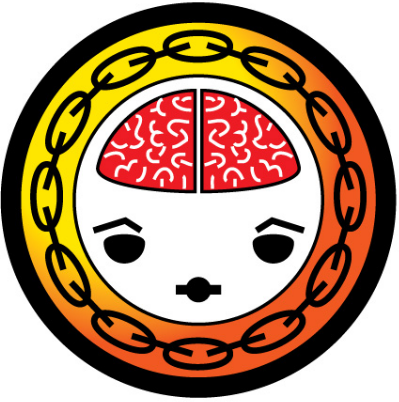I am so glad to say goodbye to the heat of the summer. The fresh crispness of the air as I take long walks is analogous to what I am seeing in the evolution of the supply chain planning market.

Reflection
Earlier in the year, I wrote extensively on the end of the traditional supply chain planning market and my disappointment in the race-to-the-bottom strategies of the traditional planning players. (Fill in the blank: the companies on the Gartner Magic Quadrant have more commonality than differences.)
As the market shifts, the talent pools are moving from company-to-company, but the traditional players are not addressing the emerging market opportunity. The largest constraint is supply chain talent. I liken this to the hot, humid air of the summer that saps strength and induces sweat.
What I find refreshing is a new wave of supply chain planning with Auger, Celonis, and Lyric. What do I find as invigorating as the crisp fall air? I love how each tells me the story of the need for an ontological layer to manage semantics, the active work on large language models to write code through query, and the appreciation of the need for a planning master data layer. While traditional players (all the folks on the Gartner Magic Quadrant) focus on optimization techniques, the newer focus is on driving better decisions through active modeling.
The outcomes are many. Digital twins easier to use and deploy. Self-service planning by business leaders using agents becomes a new market reality. Traditional definitions of network design evaporate as the techniques are used for active business modeling (as opposed to ad-hoc functional design in silos by specialists).
Prepare
Challenge your own paradigms. Traditional definitions of planning are based on schema-on-write technologies using traditional database technologies. The architectures were limiting. As we move to schema on read, and embrace the power of the cloud, the graph and vector DB, our traditional definitions are as outdated as the abacus. How do you prepare for this evolution?
- Unlearn and Then Learn. If you are a global, multi-national with more than one-hundred planners, don’t waste your time with the traditional supply chain planning technologies. Instead, shift your focus from a discussion of optimizers (engines) to rethink work. Learn how to effectively write queries with large language models and imagine how agents could improve your work processes. Use design thinking to imagine the requirements for a collaborative layer between business leaders –marketing, sales, finance, operations, procurement, logistics, and customer service–to easily get to data based on role-based query. Then rethink the role of planners. Why do you need them? I think that they do not go away. Instead, I think they become data wranglers, process orchestrators, and leaders in testing new approaches.
- Build Your Own Ontological Framework for Supply Chain Planning. An ontological framework is a series of truths. It is used to train agents and large language models and facilitate interoperability through semantic reconciliation. Start by answering these questions:
- What is a good plan?
- What defines a good decision? What is the quality of the decisions that you are currently making? (Start by measuring FVA, inventory waste, and bullwhip)
- What rules need to be automated? What if we could link ATP/Allocation/Customer Segmentation rules together? How could decisions be made in order management automation?
- Conduct an Inventory of Your Data and Build a Planning Master Data Layer. Think hard about the gaps in your processes and the inability to get the right data when you need it. Then conduct an audit of all the data you have–focus on unstructured, image, and streaming data. Embrace data differently, it no longer has to be perfect. While the first generation of planning used approximate data for planning, this is no longer the case. The first use case for unstructured data is in building a plannning master data layer. Use the streaming data from companies like P44, Fourkites, and Transporeon to build a leadtime availability layer, and manufacturing floor data to understand true rates, conversion capabilities, and yields. Use actual data for planning and fuel agents back to business leaders on pattern discrepencies on supplier quality, leadtimes, conversions and yields, and shrinkage. Use machine learning to understand the patterns of the planning master data layer.
- Test and Learn. Engage with newer technologists to test and learn through small pilots using the power of your supply chain teams and data scientists TOGETHER. Don’t limit this work by a fixed ROI. Use it as learning to expand the team’s knowledge base.
- Don’t Waste Your Time with AI Consultants and Palantir. Most companies that open their presentations with AI buzzwords should be shown the street. The issue? Most do not know supply chain concepts, and as a result, the organization risks implementations where well-intended teams AI stupid.
A Breath of Fresh Air
Enjoy the fresh air in a stale technology market. No one has all the answers, but it is great to see change. If you want to ideate on these concepts consider joining my outside-in planning class in October. This will give you the opportunity to network with like minds on this transition in a safe learning environment.
This week, I am continuing my interview series on my podcast on “What I would tell my twenty-five-year-old self.” I post these interviews on Youtube. They are designed to help supply chain leaders with their careers. This series has been sooooo much fun. I am learning, and I hope that you are as well.







